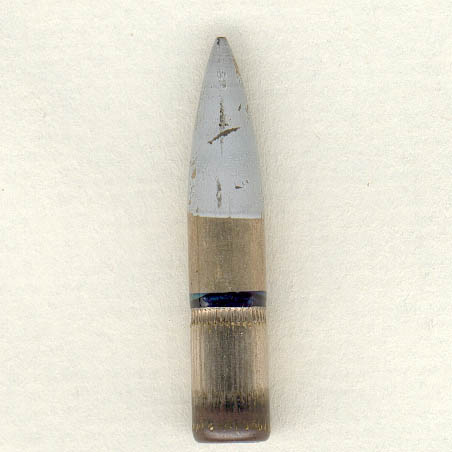Originally posted by bwaites
View Post
I lost all of my notes and reference data when I moved last November, so the following is from (possibly faulty) memory.
6.5 Grendel (100gr bullet) = 255gr
7.62 NATO (147gr bullet) = 392gr
_______________________ 65%
Of course, that doesn't include weight of the links.



Comment